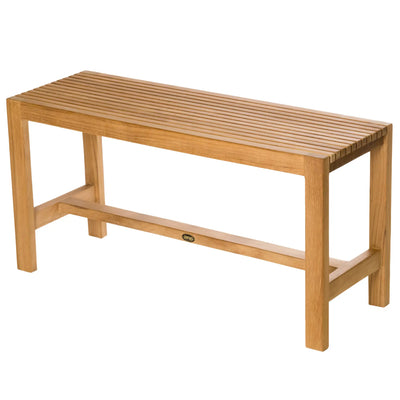ABCs of Teak Wood. Can you buy bad Teak?
Teak wood is available in 3 different quality grades: A, B and C. This is important to know as each grade plays a key role in the performance and durability of the furniture it is made into. At first glance, you might think all teak looks the same. But remember, looks can be deceiving! Let’s look at what makes them different.
But first, a quick lesson on trees.
How Trees Grow
- Trees grow out from their center. This makes the heartwood (centre of the tree) the oldest, the strongest and the most rich in oil.
- The outer layers are greenwood or sapwood. The sapwood is the part of the tree that transports the water from roots to leaves, making it the wettest part of the tree. This is crucial to know as it has not been around long enough to develop any oil.
Why does this matter? Because wet wood warps and contains none of the natural properties to protect itself from mold, mildew or insects.
So, just how can you tell this wood apart?


The separation between grade A and C is obvious when looking at a cross-section of a teak log (Tectona Grandis). However, it is important to note that grade B & C teak can be chemically treated to make it appear like grade A. When buying grade “A” teak furniture, it is imperative you trust who you are buying from.
ARB Teak has been working directly with our craftsmen for nearly two decades to ensure top quality every time. This includes log selection, the science-based kiln drying process and quality-assurance from the plantation to the North American delivery.
Since heartwood is such as small proportion of a log (around 1/5), grades B and C are sometimes chemically treated to achieve the even color and smooth finish of grade A. These products are sold for less, competing with true grade A pieces, but they will not stand up to the tests of moisture and time.
We encourage everyone investing in teak to ask questions and dig deeper. An expert will know the answers.









